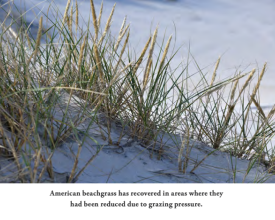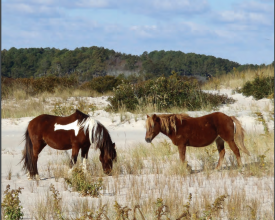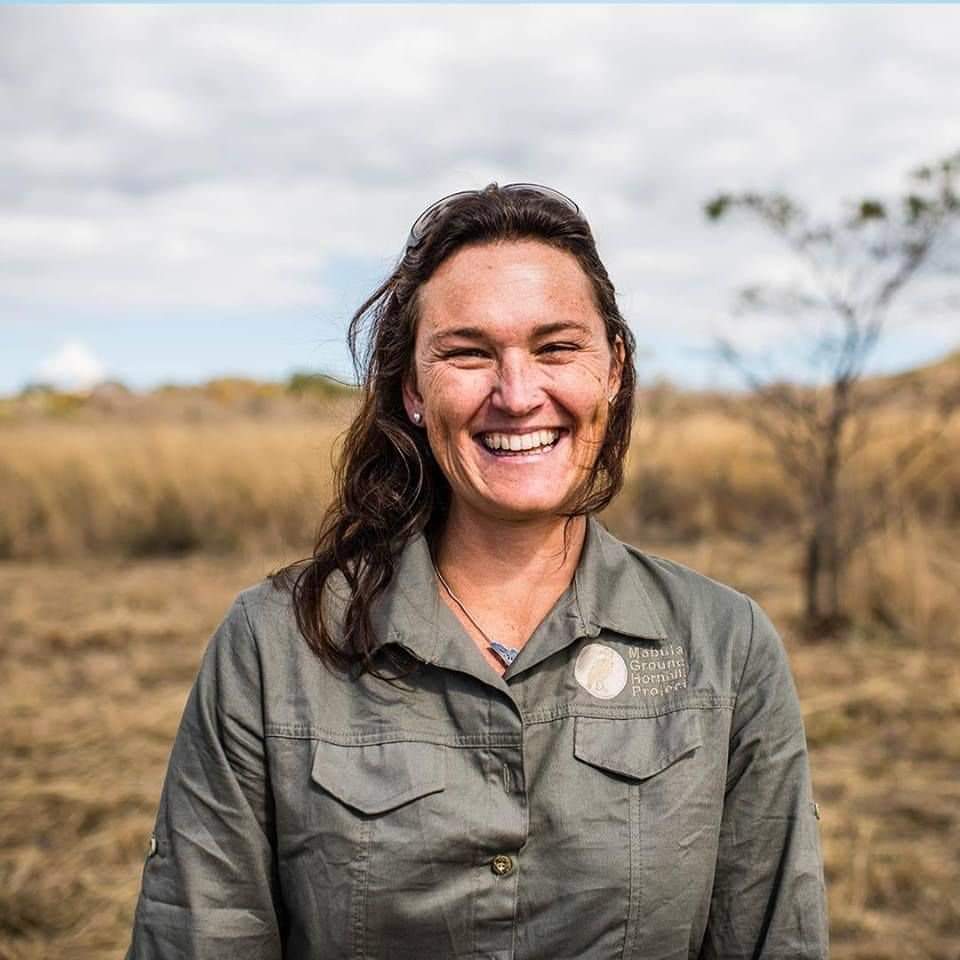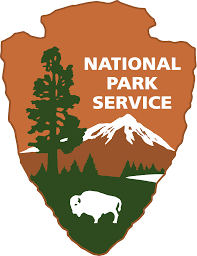
Balancing Act: Managing Native Plants and Grazing Horses on Assateague Island
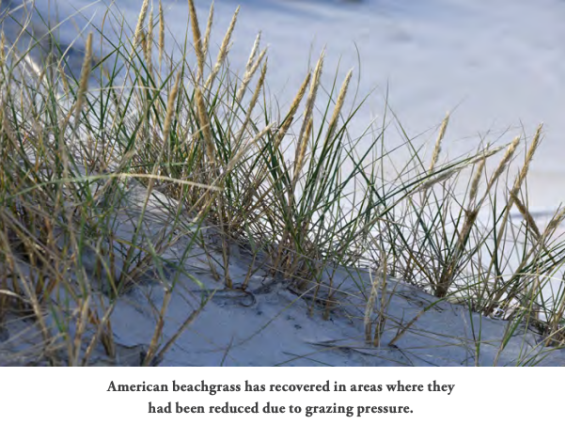
The Grazing Horses of Assateague Island are an introduced species characterizing this Barrier island, which are typically long spits of land that play an important role in protecting coastlines from the worst wind and weather coming off the ocean. Assateague’s rich salt marsh ecosystem provides habitat for diverse wildlife, and on the dune side facing the open sea, native plants help resist erosion. The grazing of the horse herd was reducing the abundance of species; without sufficient grasses to stabilize the dunes, the island would be at risk of being washed away by the waves. Also, the patterns of the horses were altering plant and animal communities, allowing invasive plants to take hold and disrupting natural ecological processes and the nesting of many bird species. CPSG joined stakeholders, and after deliberation and competing goals for managing the island, the group agreed on a population target of 80-100 horses to protect the plant communities in addition to the herd’s genetic health.
Impacts
The workshop results contributed a scientific foundation to a larger decision-making process organized by the Park Service to assess management options for the island. “There’s no doubt that we will be referring to the workshop report for years,” said Carl Zimmerman, former National Park Service superintendent of Assateague Island. “It provided a great base for developing an environmental assessment of management strategies.”
Wildlife managers implemented the new plan to strategically decrease reproduction rates and over time successfully reduced the number of horses on the shores of Assateague. As of 2019, the population sits at the low end of its ideal range, so managers are allowing mares to reproduce freely until the population reaches the upper end of the range again.
The positive effects on the island’s ecosystem are apparent: American beach grass has rebounded. Other plants, like smooth cordgrass, have grown denser again in the absence of intensive grazing. As predicted, this horse population size has proven to be the right range for balancing multiple objectives in order to maintain the overall health of Assateague Island. “The CPSG workshop process worked remarkably well and successfully navigated some very difficult issues,” said Zimmerman. “It really was the cornerstone of a very successful plan.”
